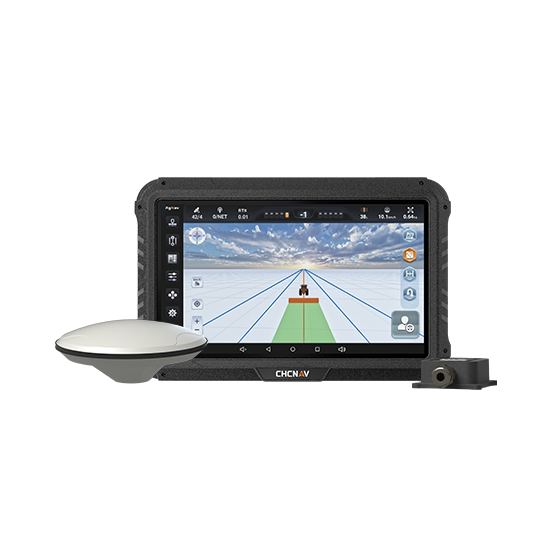As technology continues to evolve at a rapid pace, the agricultural sector is also experiencing significant advancements, particularly in precision farming. When selecting a farm guidance system, it is crucial for farmers to consider not only their current needs but also future developments and upgrades that may enhance efficiency and productivity. Understanding how to future-proof your investment is essential for maximizing returns and staying competitive in an increasingly technologically driven market.
The Importance of Scalability in Farm Guidance Systems
When evaluating a farm guidance system, one key factor to consider is scalability. Farmers must select systems that allow for upgrades and expansions as their operations grow or as technology advances. A scalable system enables operators to start with basic functionality and later incorporate advanced features without the need for a complete overhaul. This flexibility can be a game-changer, especially as precision farming technologies evolve.
For instance, many modern farm guidance systems can transition from manual guidance to automated steering solutions over time. This means that farmers can initially invest in a more affordable manual system, which can then be upgraded to a fully automated GNSS RTK steering system as their requirements change. Such an approach minimizes financial strain while ensuring that the farm guidance system remains relevant and effective.
Integrating with Existing Technologies
Another critical aspect of future-proofing a farm guidance system is ensuring compatibility with existing technologies on the farm. A system that integrates well with other precision agriculture tools—such as drones, sensors, and data analytics platforms—maximizes efficiency and ease of use. Incompatible systems can lead to inefficiencies or require additional investment in new technologies, negating the initial savings from choosing a more budget-friendly farm guidance system.
Farmers should prioritize guidance systems that offer interoperability with other equipment. By doing so, they can leverage a comprehensive suite of tools, enhancing their overall operational capabilities while also streamlining workflows.
Conclusion
When investing in a farm guidance system, it is vital to consider future advancements and upgrades to ensure long-term value. Scalability, integration with existing technologies, and awareness of ongoing innovations are all critical factors that contribute to future-proofing an investment.
At CHCNAV Agriculture, we emphasize the importance of providing flexible and scalable solutions for modern agriculture. Our Guide 10 manual guidance system is designed specifically for precision agriculture, offering accurate navigation during essential field operations such as plowing and fertilizing. With an IMU sensor for terrain compensation, the Guide 10 delivers reliability across various conditions and can be effortlessly upgraded to an automated GNSS RTK steering system, making it a cost-effective choice for farmers looking to secure their long-term investment in precision farming technology.
